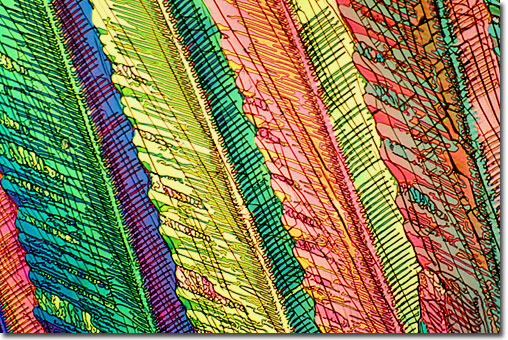|
Caffeine is a central nervous system stimulant most commonly found in the coffee we drink every morning. As a drug, caffeine is used to help restore mental alertness and to prevent drowsiness. Like most xanthines that serve as the nucleus for pharmacological agents, caffeine is rapidly absorbed and distributed in all body tissues and fluids including the central nervous system, fetal tissues, and breast milk. Caffeine is cleared from the body through metabolism and excreted in the urine. Symptoms of overdose include insomnia, restlessness, tremor, delirium, tachycardia, and running of the mouth.
|
